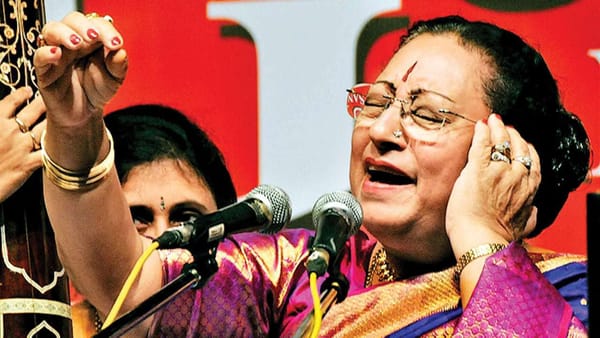BlackBerry rolled out the official BBM app for Android and iOS
BBM is available as a free download in the Google Play market, Apple App Store and select Samsung App Stores. However, due to high demand for the app BlackBerry has been limiting access. Users who signed up at BBM.com, will get a headstart and should be able to use BBM on their Android or iOS device

BlackBerry rolled out the official BBM app for Android and iOS after numerous delays, and the firm has netted 10 million downloads in the first 24 hours. BBM is available as a free download in the Google Play market, Apple App Store and select Samsung App Stores. However, due to high demand for the app BlackBerry has been limiting access.
Users who signed up at BBM.com, will get a headstart and should be able to use BBM on their Android or iOS device immediately. Those who didn't sign up will have to register and wait for an email before they can activate the app.

What once made BBM so special was its dead-simple and speedy interface. With a few flicks of the "pearl" or clicks of the keyboard, you could instant message with a friend, or with a whole group of people. Sending images was fast and easy in an age where everyone had no choice but to send slow, low-res "picture messages" via MMS. There were also a variety of innovative mobile-only features, like shared calendars, in a time where apps weren’t yet built with mobile in mind.
How does it work?
Each BlackBerry devices is assigned a unique PIN – which acts as contact number. In theory these PIN-to-PIN messages are as secure as they come. Despite being able to send and receive messages in seconds, there is a complex four-step process for each message:
1. The first stop for a BBM PIN-to-PIN message is the user's mobile network.
2. The operator then forwards the message to a BlackBerry relay station in Canada.
3. From here message is transferred to BlackBerry’s mobile service provider
4. Finally, the (receiving) mobile service provider then transmits the message to the recipient.




